Milky spore in flowerbeds?
smom40
18 years ago
Related Stories
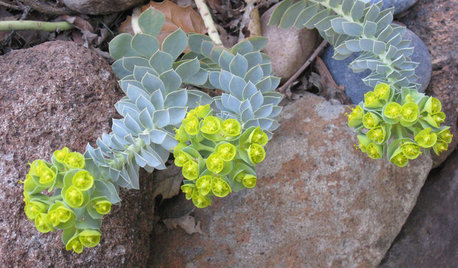
BLUE AND GRAY FOLIAGEGreat Design Plant: Donkey Spurge
Yes, there's the awful name, plus the sap issue. But this plant's foliage and flowers bring something special to Eastern U.S. gardens
Full Story
WINTER GARDENINGPruning Secrets for Exquisite Roses
Encourage gorgeous blooms year after year with this time-tested advice on how to prune your rosebush in winter for health and shape
Full Story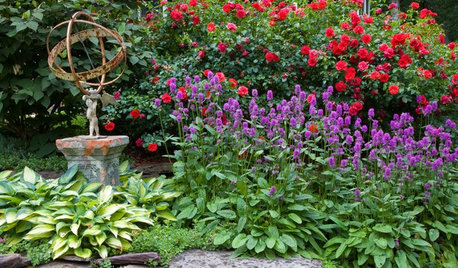
GARDENING GUIDESGreat Design Plant: Stachys Officinalis ‘Hummelo’
The adaptable ‘Hummelo’ betony adds jolts of color to a sunny border or woodland edge
Full Story
GARDENING GUIDESWhat Kind of Roses Should You Grow?
Want to add the beauty of roses to your garden? Find out which ones, from old-fashioned to modern, are right for you
Full Story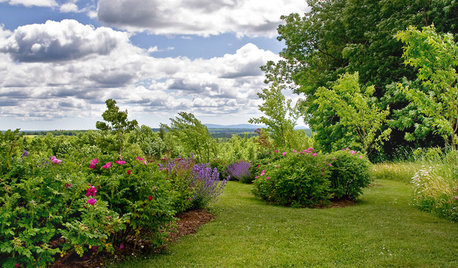
LANDSCAPE DESIGNYour Mini Guide to Great Garden Edges
Get the scoop on trenches to the skinny on bender board, to help keep your garden beds as tidy as you like
Full Story
PETS6 Ways to Help Your Dog and Landscape Play Nicely Together
Keep your prized plantings intact and your dog happy too, with this wisdom from an expert gardener and dog guardian
Full Story
GRASSESHow to Rock a Lawn
Weekend Project: The key to healthy grass begins with the soil. If turf works for you, here’s how to fix it and keep it looking its best
Full Story





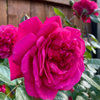
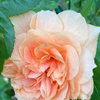
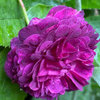
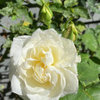
michaelg
smom40Original Author
Related Professionals
Maple Valley Landscape Architects & Landscape Designers · Forest City Landscape Architects & Landscape Designers · Wilmington Landscape Contractors · Arlington Landscape Contractors · Surprise Landscape Contractors · Arden-Arcade Landscape Contractors · Brownsville Landscape Contractors · Davidson Landscape Contractors · Doctor Phillips Landscape Contractors · Gloucester Landscape Contractors · Inglewood Landscape Contractors · Petaluma Landscape Contractors · Plainview Landscape Contractors · West Palm Beach Landscape Contractors · Selma Landscape Contractorstinamcg
HU-906362598